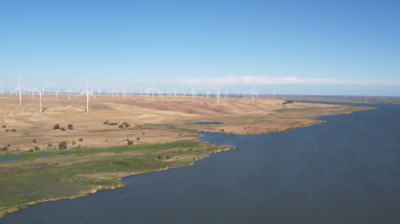New Report Examines Growing Economic Losses from Wildfires
California’s record-breaking fires over the last five years have illustrated an urgent need for policy action to reduce economic losses and adverse health effects experienced across the state, while creating less wildfire-related risk overall. A new report out this week by the Bay Area Council Economic Institute explores the health and economic costs of wildfires in California, with a particular focus on the Bay Area, and outlines a set of immediate and long-term strategies for intervention and resilience.
According to the report—The True Economic Cost of California Wildfires–the acreage burned per wildfire has been increasing drastically in recent years, resulting in more destructive wildfire events and larger economic losses. The state’s eighth largest recorded wildfires by acreage have all occurred since 2017, with 2021’s Dixie Fire recently added to the list. When counting insured losses, the 2020 wildfire season is estimated to have produced between $5 billion and $9 billion in destruction, and this comes after wildfire seasons in 2017 and 2018 that each produced more than $10 billion in insured losses.
Top wildfire experts joined the Bay Area Council on Wednesday as part of continuing Bay Area Impact webinar series to discuss the report, its findings and what California and the region must do to address the challenges posed by wildfires.





